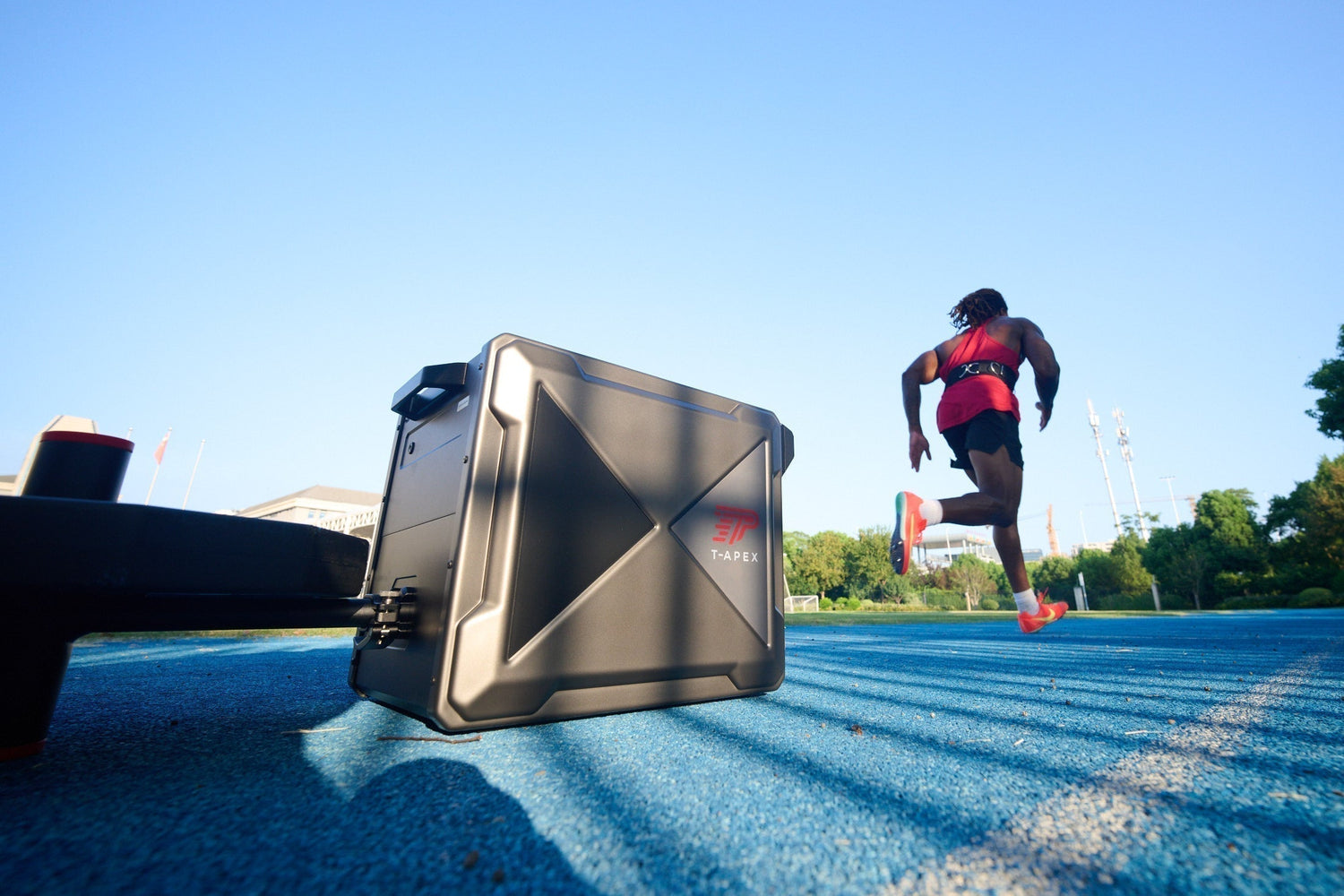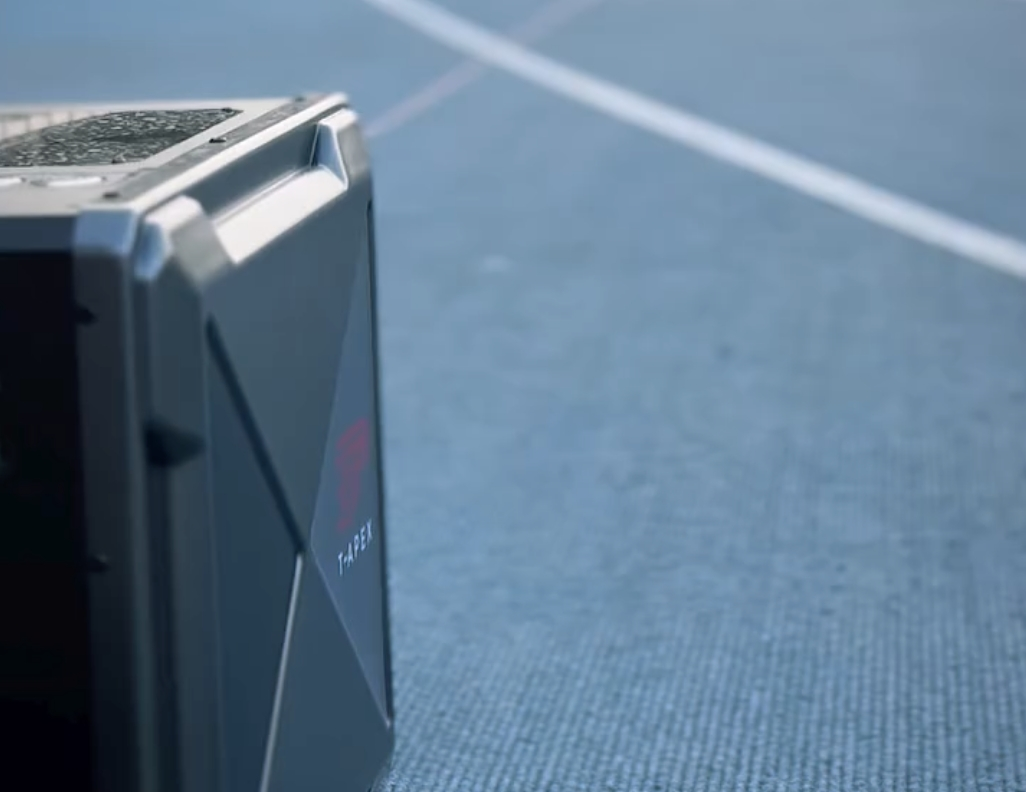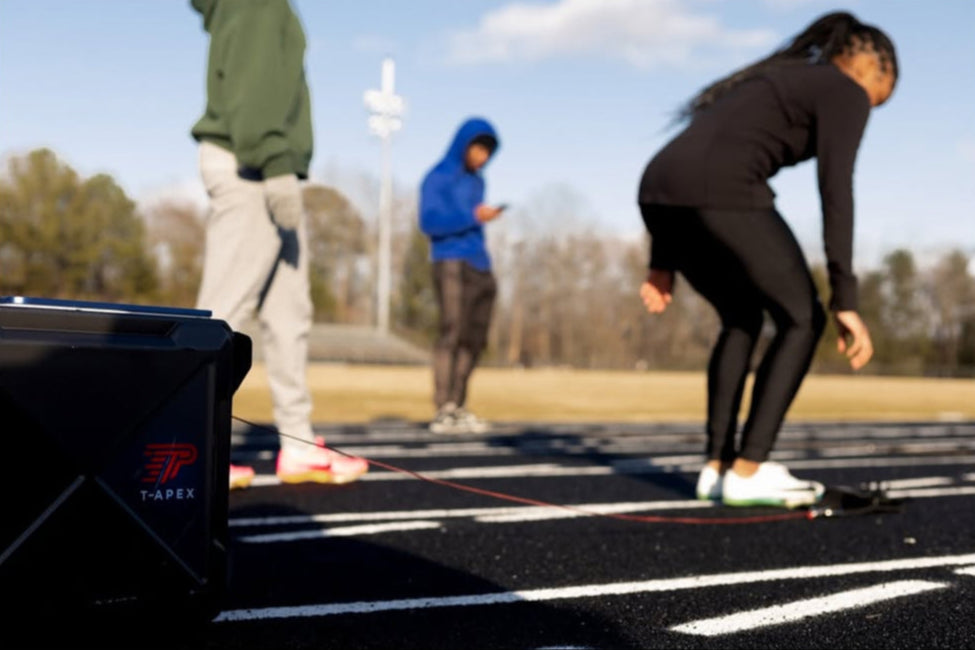Intro: From One-Size-Fits-All to Precision Loads
For decades, resistance training has revolved around a simple formula: assign a load, repeat, progress. This approach, while effective in building general strength, treats athletes as interchangeable. Yet sport is not generic, and neither are athletes.
Today, performance science is shifting toward individualized, adaptive resistance. The real question for coaches is: how do we move beyond one-size-fits-all programming to real-time, athlete-specific loads?
To answer that, we need to understand the four main resistance modes—isotonic, isokinetic, isoinertial, and motorized resistance—and where they fit into the future.

Isotonic Resistance: The Traditional Bedrock
Barbells and weight stacks provide consistent load regardless of speed. They remain indispensable for building foundational strength and hypertrophy. Yet isotonic resistance carries inherent limits: sticking points, momentum, and uneven force application. Research (Schoenfeld, 2010, JSCR) has long noted these inefficiencies.
Isokinetic Resistance: Rehab and Precision Measurement
Isokinetic machines enforce a constant velocity, adapting resistance to match athlete effort. They excel at diagnostics—measuring torque, identifying asymmetries, and monitoring rehab progress (Drouin et al., 2004, Journal of Athletic Training). Their precision is unmatched, but high cost, large footprint, and lack of sport specificity prevent broader use outside clinics and labs.
Isoinertial Resistance: The Eccentric Specialist
Flywheel devices use inertia to create resistance, forcing athletes to manage eccentric overload. Elite football and track programs leverage them to reduce hamstring injuries and build COD resilience. Studies (Maroto-Izquierdo et al., 2017, Frontiers in Physiology) show their impact on tendon health and braking strength. Yet they require skilled coaching and can be difficult to control precisely.
Motorized Resistance: A New Paradigm
Motorized systems such as T-APEX mark more than an incremental step—they represent a new training paradigm:
- Dynamic Dialogue: Instead of executing preset loads, athletes interact with resistance in real time.
- Dual Directionality: Motors apply supramaximal resistance or provide overspeed assistance, training qualities that traditional tools cannot.
- Data Integration: Every sprint, jump, and COD drill becomes measurable, with metrics visible instantly.
This duality—resist and assist—transforms motorized resistance from a tool into a connected platform.
At a Glance: Comparing the Four Modes
| Mode | Core | Advantage | Use | Limit | Tech Era |
|---|---|---|---|---|---|
| Isotonic | Const. load (weights) | Accessible | Strength, hypertrophy | Momentum, uneven | Traditional |
| Isokinetic | Const. velocity (motor) | Diagnostic | Rehab, research | Cost, low spec. | Precision Measurement |
| Isoinertial | Flywheel inertia | Eccentric overload | Elite perf., tendon | Harder control | Eccentric Focus |
| Motorized | Motor control | Adaptive, data | High-perf., personal | Cost, tech learn | Adaptive & Connected |
Industry Trend: From Load Prescription to Adaptive Platforms
Taken together, these modes illustrate a clear trajectory: weights remain the accessible baseline; isokinetic stays niche in rehab; isoinertial gains traction in elite sport; and motorized resistance evolves into the adaptive hub—not replacing weights or flywheels, but linking them into a connected ecosystem where load, monitoring, and feedback live in one place.
How T-APEX Fits the Trend
- Acceleration: Resistance mode for forceful sprint starts.
- Overspeed: Assisted sprinting to reset stride-frequency ceilings.
- Eccentric Control: Measurable braking loads in landings and COD drills.
- Coach Dashboard: Real-time feedback, reducing the lag between training and evaluation.
By combining resistive and assistive functions with data capture, T-APEX turns “drills” into adaptive conversations between athlete and load.

Rethinking Resistance, Rethinking Coaching
Each mode marks a stage of progress: isotonic built foundations, isokinetic mapped deficits, isoinertial stressed braking strength. Motorized resistance reframes the load itself—transforming it from static weight into an adaptive partner. The next era will be defined less by how much is on the bar, and more by how precisely training adapts in the moment.


